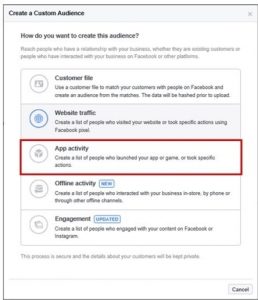The real problem with feedback is that, regardless of how skillfully it’s given, people often don’t know what to do with it.
Recent neuroimagery research by Richard Boyatzis at Case Western University suggests that focusing on positive possibilities gives people room to think about how to be upbeat and open-minded as opposed to anxious, negative, and close-minded. This may also help them connect the feedback with how they want to behave going forward.
Feedback Can Be Easy
If you want to suggest areas of improvement, propose changes in behavior or processes, it’s better to introduce these topics to an employee when they’re in an open-minded state of mind rather than defensive and closed-minded. So, unless you’re in a crisis situation, always start any feedback session with what’s working well.
Once you know the employee’s mind is open, ask about potential: “Could you try X?” Or: “Does the possibility exist for X?” Always avoid potentially threatening questions such as: “Why didn’t you do X?” Or: “How could you have done X?” Instead, try: “What would you like to do about X?” Or: “Will you commit to X?”
A positive approach helps prevent the kind of “swooping and pooping” that happens when an exec gets something off his chest by dumping it on a subordinate’s desk, but doesn’t clarify the real issues or provide a forum for the subordinate to respond.
Collaboration Can Be Hard
What you’re after is establishing a solid working relationship, not simply “checking off the box,” as in: “I’ve told him, so now it’s his problem.”
If negative feedback is delivered with no sense of shared context, partnership, or collaboration, or if the employee feels no sense of connection, commitment, or relationship, then the feedback session can come across as an uncaring attack. And nobody wants a problem plopped on the desk without at least some help figuring out how to understand it, clean it up, or recover from it.
Techniques For A Feedback Conversation
If the relationship is generally going well but something about the performance is not, you can try these approaches:
- “Tell me what’s going on with X. How do you see Y? What are you thinking about doing with Z?”
- Repeat the employee’s response back to them, mirroring as closely as possible what they actually said — not yet even your interpretation — so that they know they’ve been heard.
- Then agree, question/probe, modify, or go in another direction entirely: “I actually see something else and I’d like to tell you about it. Then we can discuss what to do about it.” Or: “I see something completely different and I need you to be aware of it.” Or: “I’m sorry — that is not an accurate reading of the situation. I’m going to tell you what’s really going on and then I’d like to hear your thoughts.” Then, whatever they say, thank them for their thoughts and participation.
- If it’s your judgment that they’re really barking up the wrong tree, then it’s time to make clear that the direction of your conversation has shifted and you’re entering into a kind of corrective action process.
It’s important to note that this critical feedback conversation is different from any coaching that might have occurred earlier in the process. In purely developmental coaching, the manager would have continued listening and questioning, listening and questioning in order to guide employees through the process of working out their own answers.
Worst-Case Scenario
What if you have to give negative feedback without the backdrop of a positive supportive relationship? Start by being honest with the employee: “I haven’t been giving you the praise/acknowledgment I should have been/that would be helpful now. I still need to tell you….”
But don’t be mistaken: I am definitely not recommending that you use that artificial approach as “the feedback sandwich.”
Instead, think of the positive relationship as the base for the feedback conversation. Specific feedback — both positive and negative — comes on top of that relationship. Any decent human being, reasonably hired, should have many praiseworthy behaviors. If you look for them and intend to notice them every day, surely you’ll find at least a few from time to time, and you can include them in your feedback.
Business & Finance Articles on Business 2 Community
(317)





